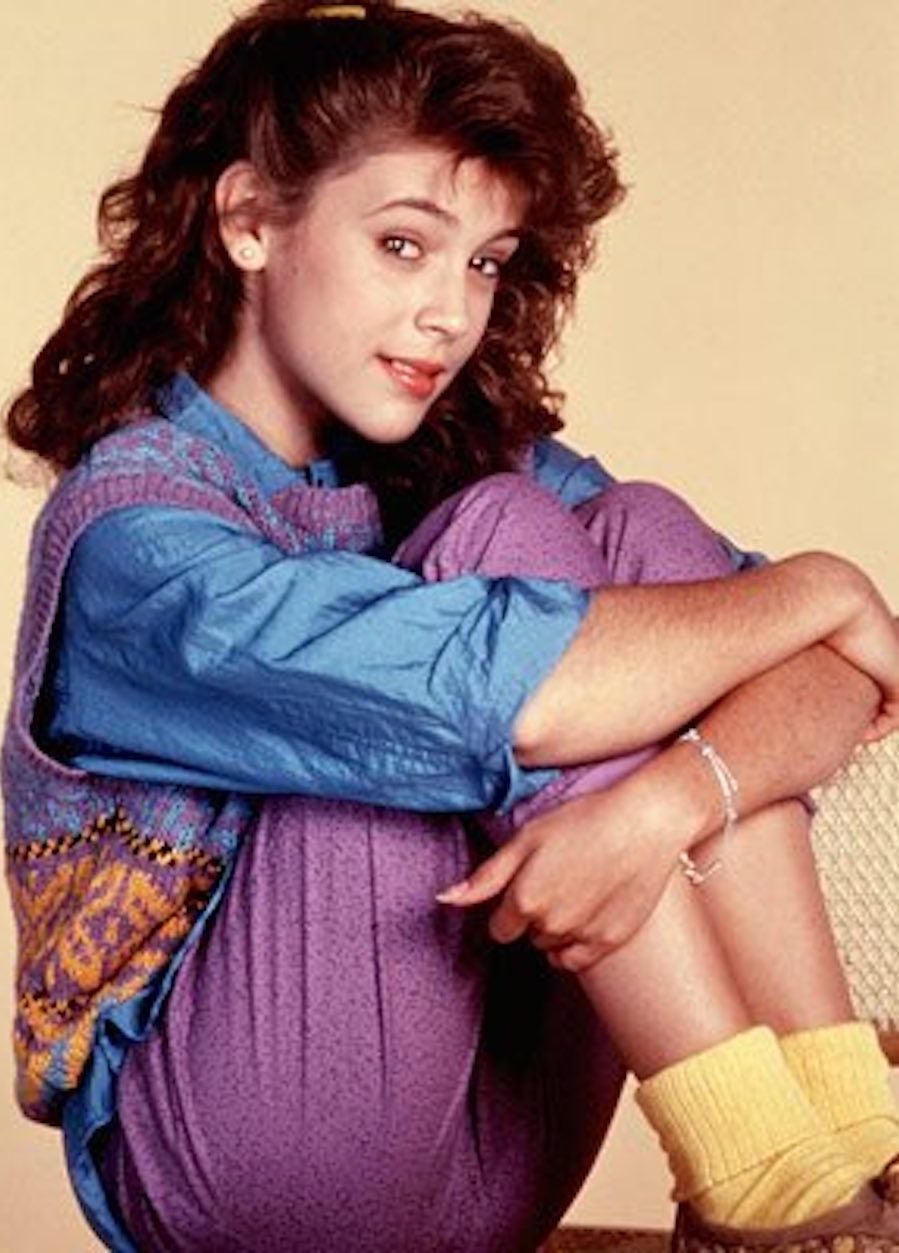It’s not their physical gawkiness that makes 14-year-olds too young to consent
Although Alabama senatorial candidate Roy Moore has denied allegations that he tried to convince a 14-year-old girl to touch his genitals when he was 32, some of his fellow home state Republicans have rushed to defend and normalize such an action.


Although Alabama senatorial candidate Roy Moore has denied allegations that he tried to convince a 14-year-old girl to touch his genitals when he was 32, some of his fellow home state Republicans have rushed to defend and normalize such an action.
“Other than being with an underage person, he didn’t really force himself,” Alabama Geneva County GOP chairman Riley Seibenhener told Toronto Star correspondent Daniel Dale. It’s not “forcible rape,” Alabama Geneva County GOP chairman Riley Seibenhener added. “I know that 14-year-olds don’t make good decisions.”
The wrongheaded notion that girls as young as 14 can truly make “decisions” about whether to consent to sex with adults inspired a North Carolina-based lawyer to respond by tweeting a photo of herself at age 14, coining the now-viral hashtag #MeAt14.
Celebrities from Sarah Silverman to Katie Couric—and thousands of other women—have shared images of their 14-year-old selves, replete with braces, zits, outdated eyewear fashion, bad haircuts, and genuinely happy smiles. Some women shared stories of classroom crushes and baking cookies alongside their #MeAt14 photos. Some told of being sexually assaulted as children. Some women did both.
It’s a moving rebuke to the men who are defending Moore’s alleged “dating” of teenagers. These images and statements, pointing out the physical gawkiness of many 14-year-olds, provoke a visceral reaction when juxtaposed with stories women are telling about their experiences in the 1970s with the GOP hopeful.
But unfortunately—and unintentionally—they also imply that there is some conclusion to draw about young girls’ sexual agency or intentions based on their appearance. These images suggest that girls with frizzy hair and baby fat—instead of sleek blowouts and swimsuit model curves—are too innocent to be thinking of sex.
Let’s be totally clear: These girls are too young to consent to sex with adults because they are 14 years old, not because they look 14 years old.
For a culture that sexualizes young girls, we can thank in part the modeling industry, which is so notorious for using teenage models to sell women’s clothes that luxury houses like Kering and LVMH have made public statements about banning models under age 16. In the upsetting 2011 documentary Girl Model, tall teenage girls are handpicked from Eastern European villages, lured by promises of fame and fortune (or at least a steady income to send back home)—only to be sexually assaulted and emotionally abused while accumulating debt.
But in spite of the fashion industry’s frequent resolutions to do better, it constantly makes exceptions. For example, 16-year-old Kaia Gerber, daughter and doppelganger of supermodel Cindy Crawford, landed a modeling contract at age 13, and she walked several runways at Fashion Week in September, including Calvin Klein, Chanel, Saint Laurent, and Alexander Wang. “Though the teenage runway star stuck to her tried-and-tested Hudson leather trousers for the evening, she updated the look with a bustier-like top that featured a seductive cut-out in the front,” wrote Vogue, describing one of the child’s outfits, captured by the paparazzi on a night out in New York.
There’s also Sofia Mechetner, who was handpicked by Raf Simons to be the face of Dior at age 14, walking the runway in a sheer dress. Of course, there’s nothing particularly new about this: At age 15, Brooke Shields fronted the Calvin Klein Jeans campaign. In the commercial, a teenage Shields says, “You want to know what comes between me and my Calvins? Nothing.”
These teenage girls, valued for their youthful beauty, are sold as women in the media. They may look different from the girls in the #MeAt14 photos—thanks to professional styling—but they are still teenage girls, with all that entails.
That young models are often assaulted and harassed is, sadly, not news. The stories of photographer Terry Richardson’s sexual harassment were widely known long before major magazines cut ties with him in October (paywall). Models are sharing horrifying experiences under the hashtag #MyJobShouldNotIncludeAbuse, started by the model and activist Cameron Russell.
The point should be the same, either way: A child is never to blame for the sexual advances of an adult, whether she’s modeling in Paris or going to band camp.